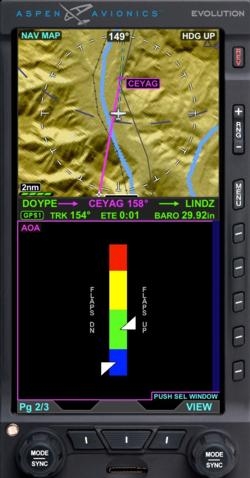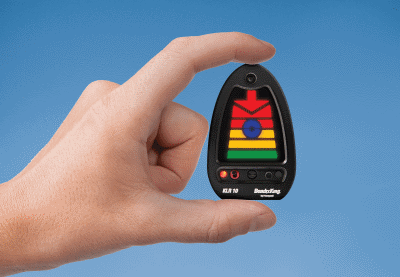Focus Is On Loss Of Control (LOC) Accidents
The FAA and general aviation (GA) groups are launching the Fly Safe national safety campaign to educate the GA community on how to prevent Loss of Control (LOC) accidents this flying season. FAA Deputy Administrator Mike Whitaker officially kicked-off the #FlySafe campaign on Saturday, June 6, at the Aircraft Owners and Pilots Association’s (AOPA) Fly-In at the Frederick Municipal Airport, Frederick, MD.

A Loss of Control accident involves an unintended departure of an aircraft from controlled flight. Loss of Control can happen because the aircraft enters a flight regime that is outside its normal flight envelope and may quickly develop into a stall or spin. It can introduce an element of surprise for the pilot. Contributing factors may include: poor judgment/aeronautical decision making, failure to recognize an aerodynamic stall or spin and execute corrective action, intentional regulatory non-compliance, low pilot time in aircraft make and model, lack of piloting ability, failure to maintain airspeed, failure to follow procedure, pilot inexperience and proficiency, or the use of over-the-counter drugs that impact pilot performance.
Approximately 450 people are killed each year in GA accidents, and Loss of Control is the number one cause of these accidents. Loss of Control happens in all phases of flight. It can happen anywhere and at any time. There is one fatal accident involving LOC every four days.
Whitaker said the FAA and industry are working together to prevent Loss of Control accidents and save lives. You can make a difference by joining the Fly Safe campaign! A team of FAA and industry experts – the GA Joint Steering Committee – have made it easy for you to join Fly Safe. They have studied the data on the leading causes of LOC GA accidents and have developed solutions, some of which are already reducing risk. Each month on faa.gov, a LOC solution will be highlighted along with links to learn more.
Current topic: Angle of Attack (AOA) indicators

The “Angle of Attack” is the angle between a plane’s wing and the oncoming air (relative wind). If the angle of attack becomes too great, the wing can stall and lose lift. If a pilot fails to recognize and correct the situation, a stall could lead to loss of control of the aircraft and an abrupt loss of altitude.
More than 25% of GA accidents occur in the maneuvering phase of flight. Half of those accidents involve stall/spin scenarios. Stalls can happen during any phase of flight, but they are critical when planes are near the ground and have less room to recover, such as during landing and takeoff.
The FAA encourages owners and operators of GA aircraft to install AOA systems in their aircraft.
An AOA indicator is a cockpit instrument which may help prevent loss of control in small aircraft because it provides a more reliable indication of airflow over the wing. Although AOA indicators have been available for some time, the effort and cost associated with gaining installation approval limited their use in general aviation. In February 2014, the FAA simplified design approval requirements for AOA indicator. Today, AOA indicators are becoming increasingly affordable for GA pilots and can help prevent stalls.
An airplane can stall at ANY speed. An AOA indicator can help avoid a stall because speed alone is not reliable. For a given configuration, the airplane always stalls at the same angle of attack (the critical angle of attack). Without an AOA indicator, AOA is “invisible” to pilots.

An AOA indicator can help when used in conjunction with airspeed and existing stall warning systems, when available. It can be used to get the pilot’s attention (via audio and/or low cost stick shakers) even if the pilot is not looking at it. This focuses the pilot’s attention on where it needs to be to avoid the stall.
(Images from file)
 Airborne-Flight Training 05.09.24: ERAU at AIAA, LIFT Diamond Buy, Epic A&P
Airborne-Flight Training 05.09.24: ERAU at AIAA, LIFT Diamond Buy, Epic A&P ANN's Daily Aero-Term (05.07.24): Hazardous Weather Information
ANN's Daily Aero-Term (05.07.24): Hazardous Weather Information Aero-News: Quote of the Day (05.07.24)
Aero-News: Quote of the Day (05.07.24) NTSB Final Report: Cessna 150
NTSB Final Report: Cessna 150 Aero-News: Quote of the Day (05.08.24)
Aero-News: Quote of the Day (05.08.24)





